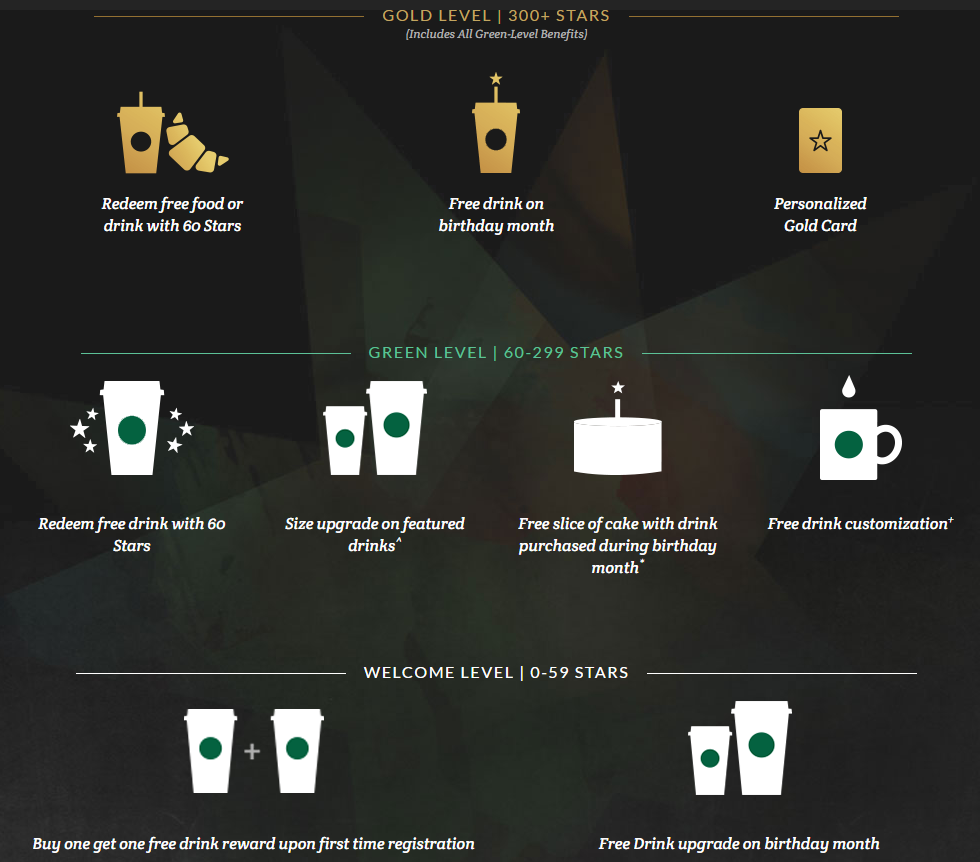Customer Lifetime Value Guide
İpek Aktaş
In recent years, thanks to the widespread use of customer relationship management practices, there has been a shift from a product-oriented approach to a customer-oriented approach in marketing.
Businesses create strategies that aim to enhance the satisfaction of current customers and catch the attention of possible customers. Brands might focus mostly on attracting new customers but keeping current customers is another essential topic that requires knowledge and strategies.
Keeping current customers is very important for a business, and it is much more profitable when compared to getting new customers. While developing new strategies for your business and marketing, “Customer Lifetime Value” is an important aspect that you should consider.

What is Customer Lifetime Value?
So why do customers choose your products or services? Why do they keep buying your products or services? Why do they come to you? Answers to these questions lie under customer lifetime value findings.
Customer Lifetime Value (a.k.a. CLV, LTV, CLTV) is a metric that measures the revenue earned by an average customer over the course of their engagement with a company. In short, CLV measures the total value the business will derive from a single customer throughout their relationship. We can also define it as gaining a lifetime brand loyalty of the customer by following different and variable strategies.
How to Calculate Customer Lifetime Value?
Calculating CLV is very similar to calculating ROI (Return On Investment). The only difference is you need to add the time period between the customer’s first and last purchase into the equation.
To calculate Customer Lifetime Value, first, you have to calculate the Lifetime Value:
| Lifetime Value = Average Value of Sale × Number of Transactions × Retention Time Period |
The equation for CLV:
| CLV = Average Value of Sale × Number of Transactions × Retention Time Period × Profit Margin |
So in short:
| CLV = Lifetime Value × Profit Margin |
You can check out an example of a CLV calculator here.
Why is Customer Lifetime Value Important?
Tracking Customer Lifetime Value helps you focus on what you need to do to retain and delight your existing customers and ensure your business sparks certain values in people. Understanding why customers come to you will enable your business to shape and develop according to their needs and eventually meet customers’ expectations to the extent that they become loyal to your business throughout their lifetime. A business model with a high customer lifetime value can be expected to be both sustainable and successful.
The calculation is important for marketing, especially for developing and sustaining long-term profitable customer relationships. There are various ways to calculate CLV. The calculation may require different approaches depending on the business activities the company performs. In other words, the calculation may differ according to the sector, the business, and the type of customer addressed.
But, before starting, you need to understand four main types of customer value:
| 4 Types of Customer Value | |
| Functional Value means the value coming from the function of your product. This value emerges after the customer’s needs are fulfilled. | Monetary Value is the value derived by the customer after comparing the price paid with the perceived worth of the product or service. |
| Social Value indicates the value of owning a product or using a service that enables the user to interact with others. | Psychological Value means the value that customer gets after a product or service makes them feel good or express themselves better. |
So, imagine this scenario to understand these four main values better.
You are hungry, and some restaurant offers you a burger for a reasonable price. You would consider;
Is the burger enough to appease your hunger? Is the product going to solve your problem? (Functional value)
Does buying a hamburger from this restaurant raise your social status or make you interact with social groups? (Social value)
Does this burger or being offered a hamburger make you feel better? (Psychological value)
And finally, after considering all the above, is the burger worth the price you paid? (Monetary value)
You can adapt this scenario to different products or services to understand how these values exist in a customer’s mind. As a business, you should try to understand and provide these values to your customers if you are willing to increase your CLV.
How to Increase Customer Lifetime Value
Increasing CLV depends on knowing the customer value of each customer and analyzing their interactions with your brand. Use your customer services effectively for a positive customer experience. Every customer interaction with your brand will be an opportunity to convey the values you will add to them.

Measure Customer Benefits
You need to ask the following questions to have a solid understanding of customer benefits:
Does your business provide beneficial products or services?
Does your business offer smooth and successful customer service?
Does your business come forward when compared to competitors?
Are your offerings beneficial for customers?
What values do your products/services spark in your customers?
Measure Tangible & Intangible Customer Costs
What are the tangible costs?
- The cost of your product/service
- The cost of installation or other upfront costs
- The cost of accessing the product/service
- Maintenance costs
- Renewal costs
What are intangible costs?
- Time spent on buying your products or getting your services,
- The emotional cost of interacting with the business or choosing a business over others,
- Cost of a bad experience with customer services,
- The time it takes to understand how your product/service works.
Costs that are easier to quantify can be simply gathered by using operational data. You can get relevant information according to operational data and work on the outcomes. When it comes to the other part, gather real-time input from customers about intangible costs to gain honest and relevant data. Customer surveys and other forms of feedback will assist you in measuring these more complex KPIs. In short, collect customer data from different sources to understand what values. To result in a higher customer value, the advantages must outweigh the expenses.
| Customer Value = Total Customer Benefits – Total Customer Costs |
Formulas, obviously, will not present you with a tidy financial sum at the end. However, determining whether your consumers believe the advantages outweigh the cost of purchasing your offering – and understanding the elements that influence that decision – will assist you in maintaining and improving your customer value.
Tips to Increase Customer Lifetime Value
1. Understand Why Customers Choose You
As we mentioned above, understanding why customers choose your business will be an excellent point to start comprehending your value to them. Collecting qualitative and quantitative customer data can help you understand what drew buyers to your company.
2. Segment Your Customers
You may segment your clients to provide them with the value they expect. Not all customers will be drawn to you for the same reasons – so make sure you’re giving the value that each customer group is seeking. Detecting their anticipations will help you form better strategies with time.
3. Analyze Customer Experience
Customer experience is an important topic to consider while making value-raising strategies. Make sure you evaluate customers’ interactions with your business and use the data to develop your company’s offers.
4. Make Loyal Customers Feel Appreciated
Never take loyal customers for granted. Loyal customers likely place a value on your business, but this does not mean that you don’t have to worry about them. Never stop reminding yourself why they value your business and choose you. You can reward them with special offers, birthday promotions, coupons, etc.

Customer loyalty programs help you engage your customers with you for a long time as you create a connection with them. For example, Starbucks has a reward system for the most loyal customers, and it helps the brand increase CLV significantly. There are different types of rewards and promotions you can benefit from. By examining your business market and doing tests, you can find the best reward program/promotion for your brand.
Conclusion
Customer Lifetime Value is a fundamental metric to be tracked that improves customer satisfaction and retention. And at the end of the day, it helps you to have repeating, loyal customers.
As long as you understand your customer behaviors, segment them, better their experience, and have loyalty programs, the inevitable result is an increasing CLV –the desired one!
Related Article – Best 7 Practices to Find and Solve Customer Pain Points

Before focusing on solving customer pain points, you need to understand the most common pain points beforehand. Read more.

